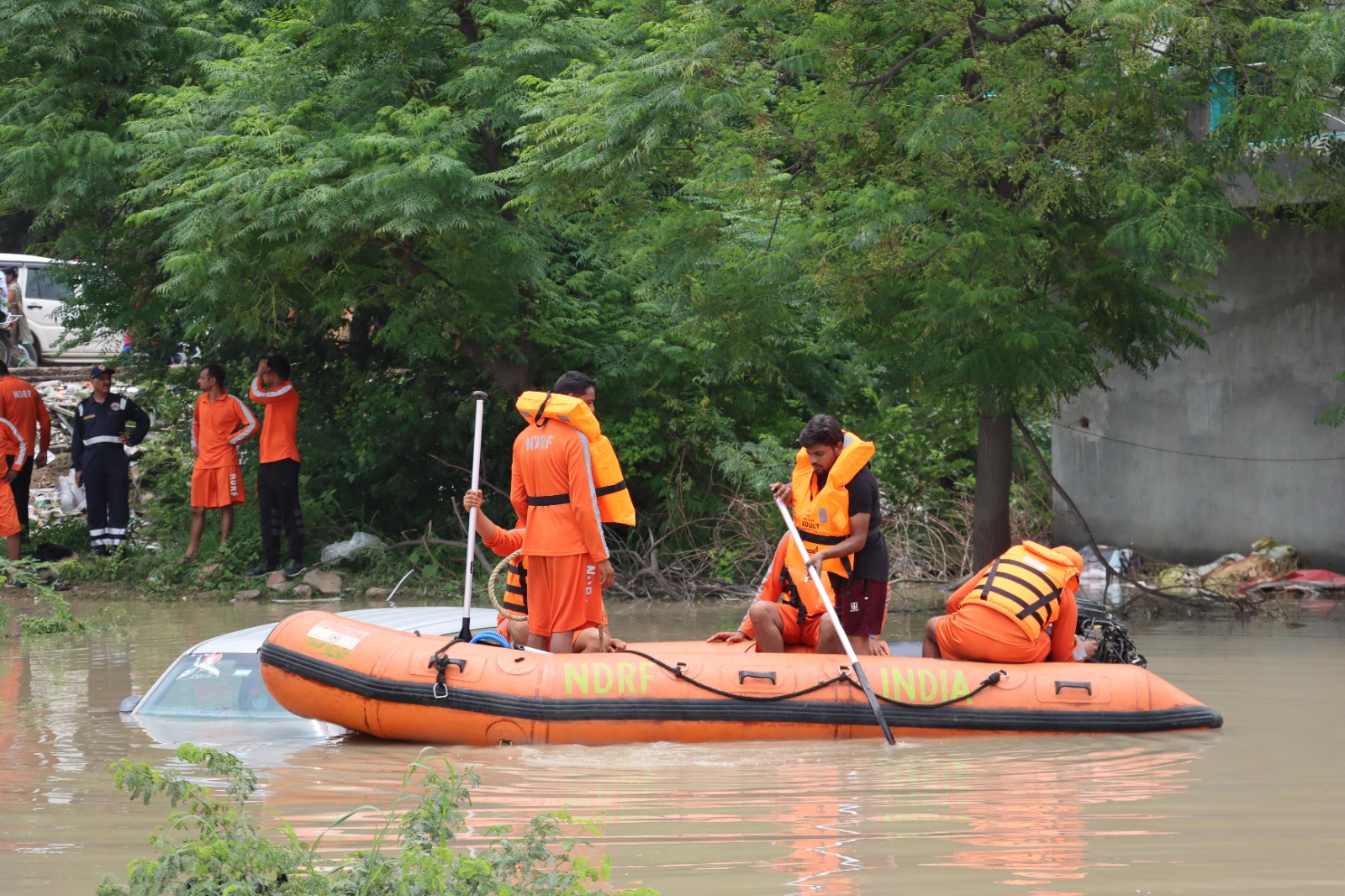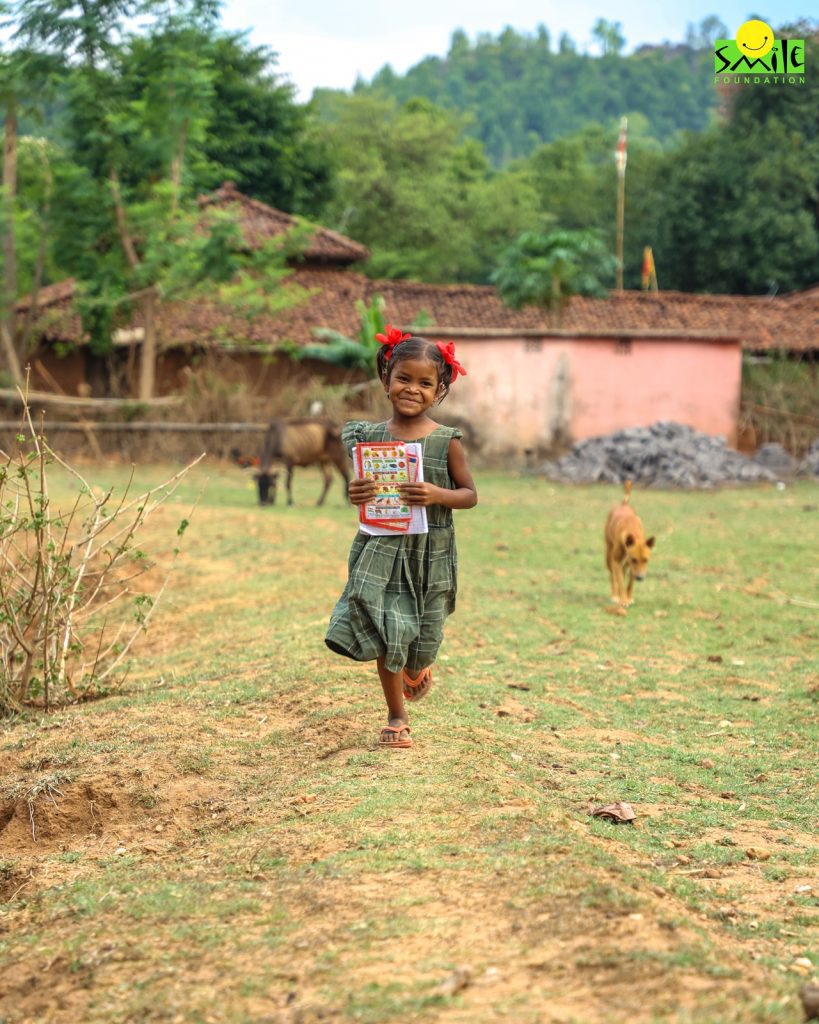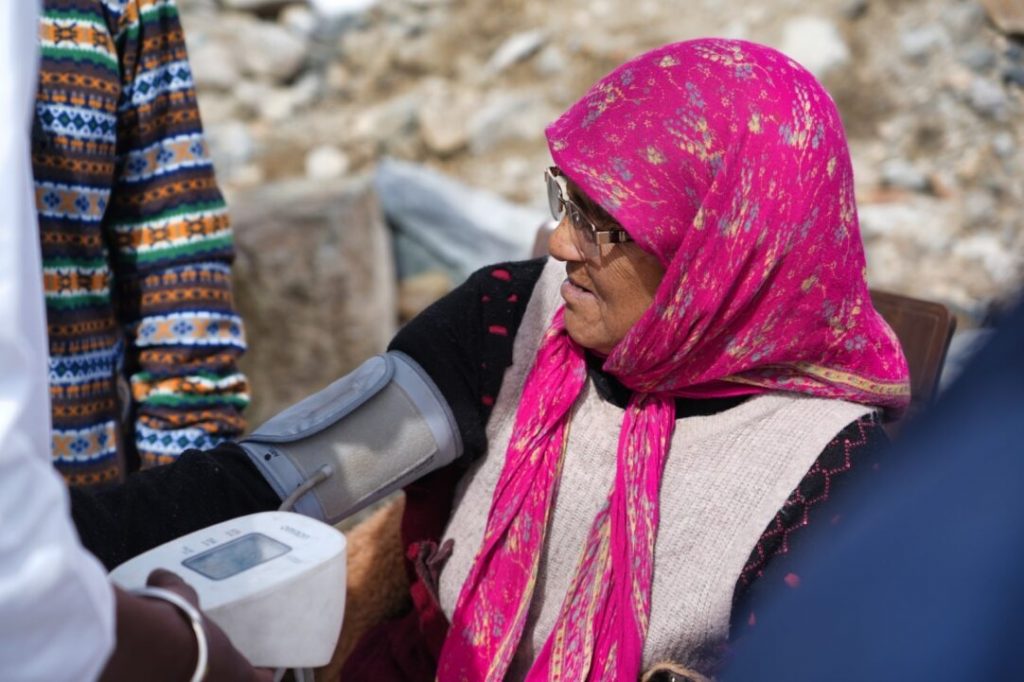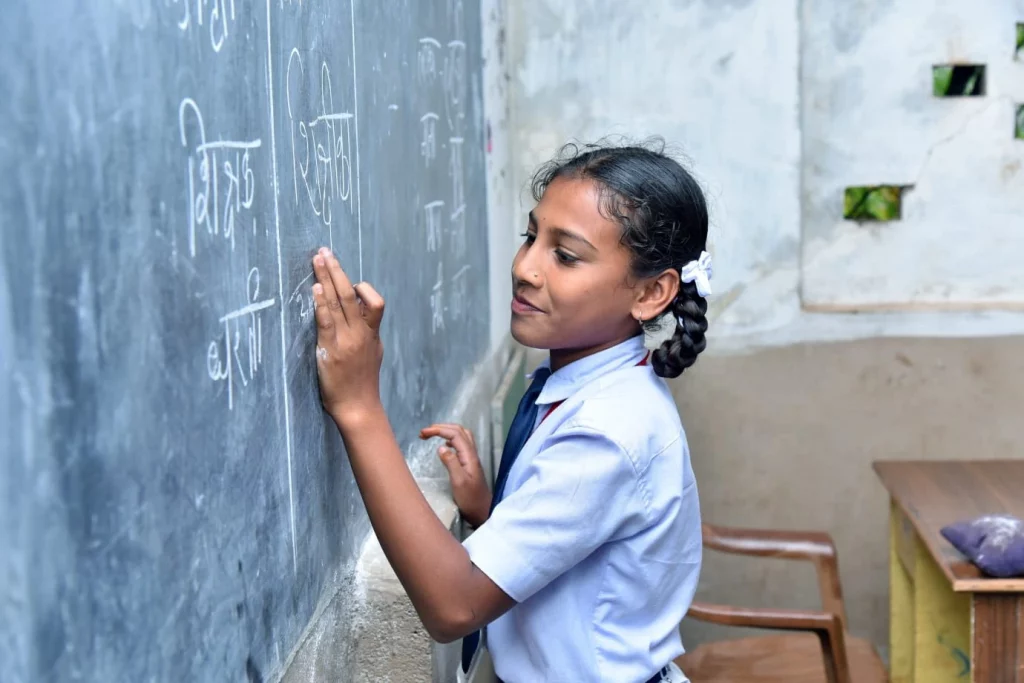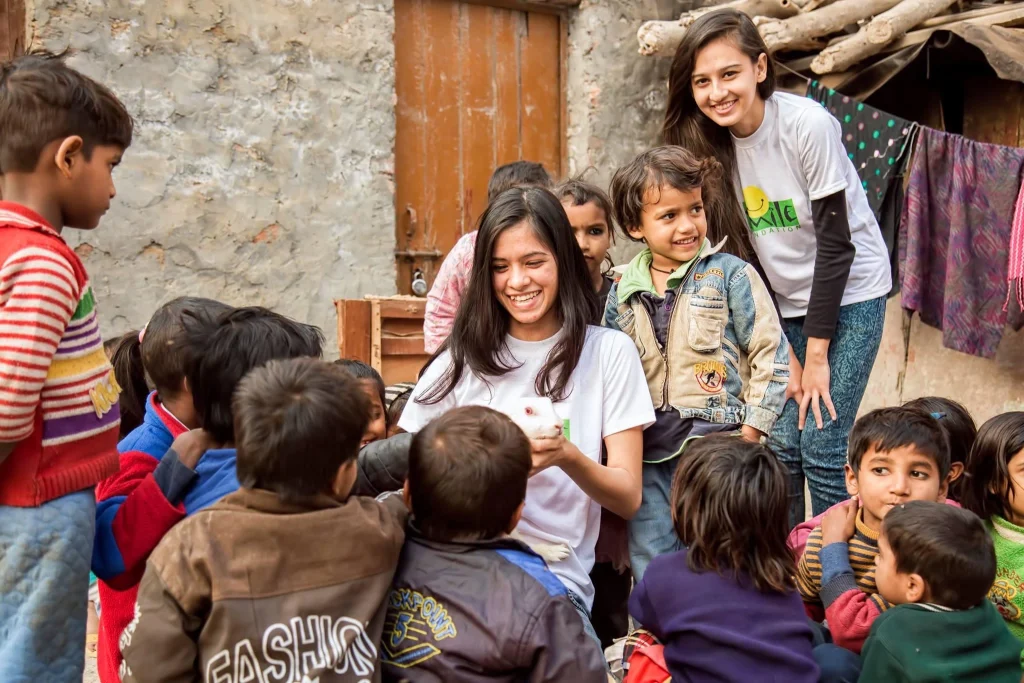Climate change has emerged as the most pressing issue for all the Indian
cities. Indian urban areas are already experiencing a rise in the frequency
and intensity of urban floods, cyclones and severe heat waves. The average
global temperature has breached the 1.5°C mark, higher than the
pre-industrial level making it the hottest year so far.
The coming years could potentially be even hotter with humans experiencing extended periods of heat exceeding human tolerance. These events not only result in the loss of human lives and adverse impacts on urban well-being but also place a significant strain on municipal infrastructure and livelihoods.
Given that cities now accommodate more than half of the global
population and are projected to grow demographically, our actions and
responses will significantly shape worldwide endeavours to address climate
change-related challenges.
Taking steps after Paris Agreement 2015
The Paris Agreement of 2015 set the ambitious goal of limiting global
temperature rise with the global emphasis largely on mitigation measures
aimed at reducing carbon emissions. As we look forward to the 28th
meeting of the Conference of the Parties (COP 28)– 2023 UN Climate
Change Conference to be convened from 30 November to 12 December
2023 in Dubai, United Arab Emirates (UAE), the focus will shift towards a more holistic approach to transformative climate action, marking a
significant turning point in our fight against climate change. This approach
comes in the form of a Global Stocktake (GST), a crucial tool defined by the United Nations Framework Convention on Climate Change.
The GST is a party-driven process that assesses whether nations and other
important stakeholders are collectively progressing toward the goals
outlined in the Paris Agreement or not. A comprehensive evaluation
process reports on the status of global climate action and support,
identifies any existing gaps, and collaboratively devises a roadmap for
solutions.
However, there is a growing concern about whether these measures are
enough, especially when countries in the Global South are grappling with
the harsh realities of climate hazards. These hazards result from the
interaction of climate change-related events, causing severe and
consecutive occurrences that significantly impact vulnerable systems and
sectors, especially in urban settings.
Where does India stand in Climate Change Challenges?
India, as a representative of the Global South, is one of the most vulnerable nations to climate change. Being a major emitter of greenhouse gases, India is already experiencing the adverse effects of climate change, including heatwaves, severe storms, flooding, and their harmful impacts on
education, health and livelihoods, particularly in coastal and hilly regions.
The need for both adaptation and mitigation strategies is becoming
increasingly urgent for India and other vulnerable countries to combat
these climate risks effectively.
While previous COP meetings have primarily focused on mitigation,
adaptation is gaining prominence. This shift is driven by the principles of
climate justice and equity. The Brihanmumbai Municipal Corporation (BMC) has set a precedent as the first Indian city to craft a climate action plan. The Mumbai Climate Action Plan (MCAP) 2022 is a policy-driven strategy supported by scientific data. It pinpoints key vulnerabilities– urban
flooding, coastal risks, urban heat, landslides, and air pollution.
Given that the effects of climate change are already evident and worsening
in vulnerable countries, short- to medium-term adaptation measures are of
paramount importance. Adaptation strategies help reduce vulnerability and
the harmful impacts of climate change, addressing the risks posed by
climate hazards like floods and droughts and enhancing ecosystem services
and bolstering resilience.
As COP28 approaches, the focus will be on presenting an overall
assessment of progress made in mitigation, adaptation, and the means of
implementation and assistance through the Global Stocktake. It’s crucial to
ensure a meaningful evaluation of this assessment, effectively addressing
the diverse needs of countries and regions. The adaptation strategy to
climate change must take centre stage, with a focus on improving
national-level actions, supporting policy actions, increasing administrative
co-operation, and addressing methodological challenges in adaptation
processes.
Holistic Approach
The focus of COP28 is on tangible results and a holistic evaluation of
climate-action progress. Both mitigation and adaptation need to be
adopted for closing different deliverables. Mitigation remains essential for
the long-term reduction of climate change impacts, while adaptation is the
lifeline for countries like India dealing with ongoing and recurring climate
challenges.
The path forward demands a seamless integration of climate-resilient
adaptation and mitigation strategies at an early planning stage. This
approach is our key to collectively achieving our climate change goals and
securing our shared future.
What is Smile Foundation’s stake in Climate Change Conversations?
Smile Foundation, like many nonprofits, is deeply concerned about climate change for several compelling reasons. Climate change is not an isolated environmental issue, it has far-reaching impacts that affect the very communities Smile Foundation serves.
- Education: Climate change can disrupt education in multiple ways. Increased extreme weather events, like floods and storms, can damage school infrastructure, making it unsafe for students and teachers. Unpredictable weather patterns can also lead to prolonged school closures, affecting the continuity of education. Additionally, children from vulnerable communities may be forced to help their families cope with the aftermath of climate-related disasters, further reducing their access to education.
- Women Empowerment: Climate change often exacerbates existing gender disparities. Women, particularly in rural areas, are more susceptible to the impacts of climate change due to their roles in securing food, water, and fuel for their families. Extreme weather events can disrupt livelihoods, forcing women to work longer hours to secure resources. This additional burden can limit their participation in income-generating activities and decision-making, hindering their empowerment.
- Healthcare: Climate change can lead to the spread of infectious diseases. Increased temperatures and altered rainfall patterns can create favorable conditions for diseases like malaria and dengue to thrive. Health facilities may be damaged or overwhelmed during climate-related disasters, affecting the availability and accessibility of healthcare services, especially for vulnerable populations.
- Livelihood: Climate change can devastate livelihoods in rural areas, where many families depend on agriculture. Erratic weather patterns, prolonged droughts, or intense floods can lead to crop failures and loss of income. This directly impacts the livelihoods and economic stability of the communities Smile Foundation aims to support through skill-building and income-generating programs.
Smile Foundation is concerned about climate change because it not only threatens the well-being of the communities it serves but also undermines the sustainability of its own interventions. Climate change can increase the vulnerability of marginalized populations, making it even more challenging to break the cycle of poverty and exclusion.

